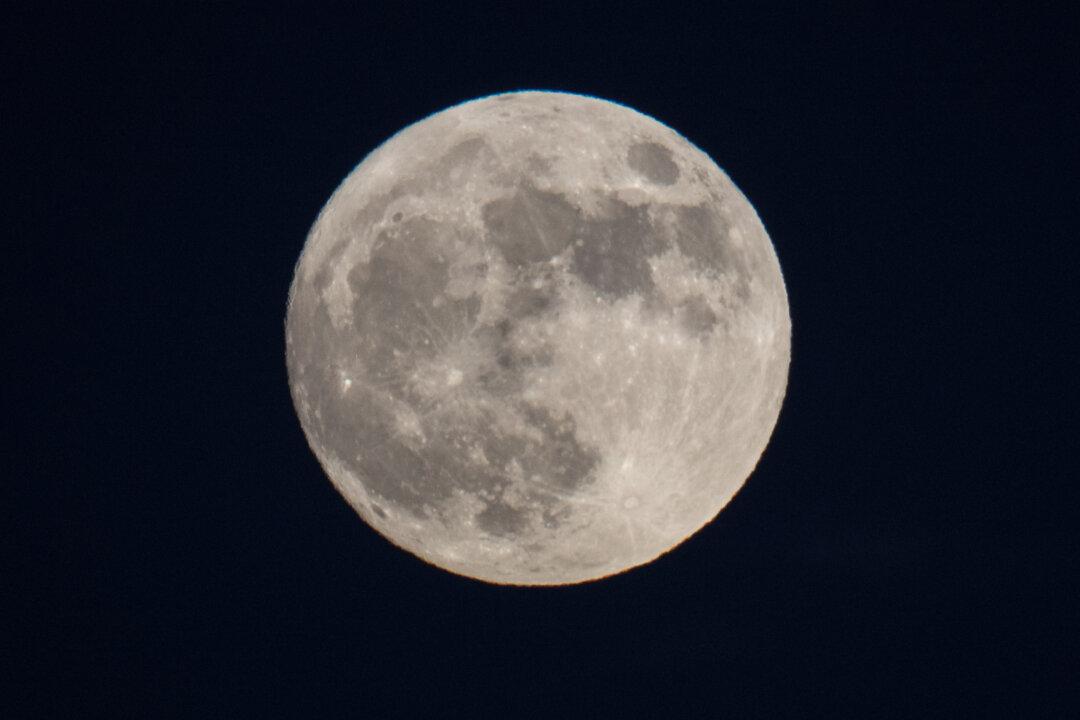Swiss cheese moon? More like a raisin.
According to new data and images, the Earth’s moon is cooling, causing it to lose 150 feet in circumference over the past few hundred million years as it slowly shrinks like a grape into a raisin.

Swiss cheese moon? More like a raisin.
According to new data and images, the Earth’s moon is cooling, causing it to lose 150 feet in circumference over the past few hundred million years as it slowly shrinks like a grape into a raisin.